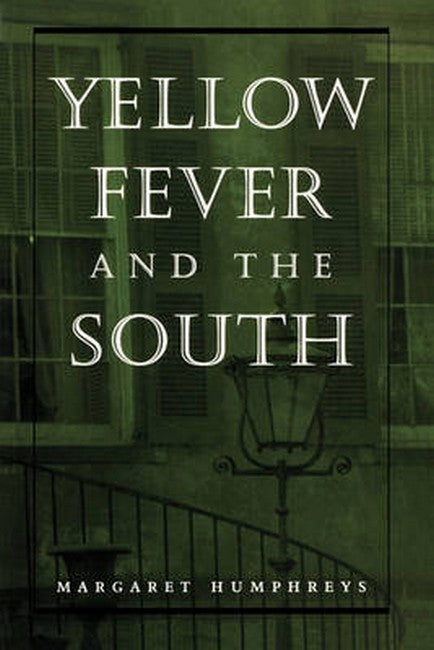''Humphreys is to be commended for a job well done. This superior study exhibits the canons of historical scholarship at their finest. The thesis is clearly stated and convincingly explicated. The research is exhaustive. The writing is felicitous and compelling. There is no hint of bias. The work will appeal to a wide audience, including historians of the South, historians of science and medicine, and social historians. It will prove to be an enduring, perhaps path-setting, contribution to the literature of the South and of science and medicine.''James O. Breeden, Bulletin of the History of Medicine In the last half of the nineteenth century, yellow fever plagued the American South. It stalked the region's steaming cities, killing its victims with overwhelming hepatitis and hemorrhage. Margaret Humphreys explores the ways in which this tropical disease hampered commerce, frustrated the scientific community, and eventually galvanized local and federal authorities into forming public health boards. She pays particular attention to the various theories for containing the disease and the constant tension between state and federal officials over how public funds should be spent. Her research recovers the specific concerns of the late nineteenth- and early twentieth-century South, broadening our understanding of the evolution of preventive medicine in the United States. ''In working her way through the bureaucratic infighting, intraregional rivalries, muddled scientific debates, medical uncertainties, professional power plays, business pressures, and personal jealousies that characterized this relationship in the South, Humphreys throws new light on such shadowy subjects as quarantine politics, the role of the federal government in public health, and the economic implications of epidemic disease . . . this is an excellent and heuristic piece of work.''James C. Mohr, University of Oregon ''Humphreys excels by the sheer power of her analysis . . . to argue convincingly that the imperative to control fever directed the development of Southern and Federal health institutions; that the objectives, attitudes and achievements of Southern public health officials were strikingly different from those of their Northern counterparts; and that the problem of yellow fever was essential in bringing about the U.S. Public Health Service . . . at her best Humphreys is able to cogently examine and illuminate the meaning of specific events, situations, and social processes.''Norman Gevitz, Journal of the American Medical Association

